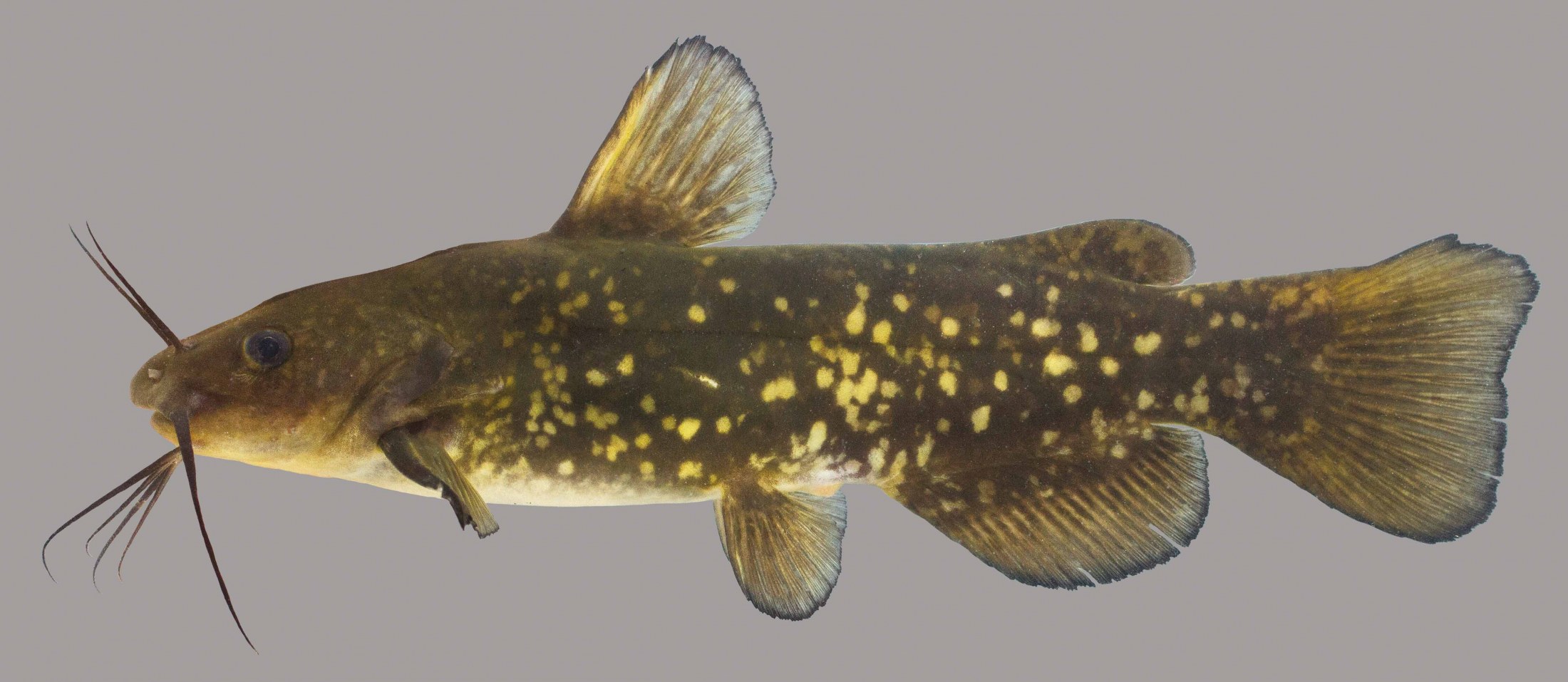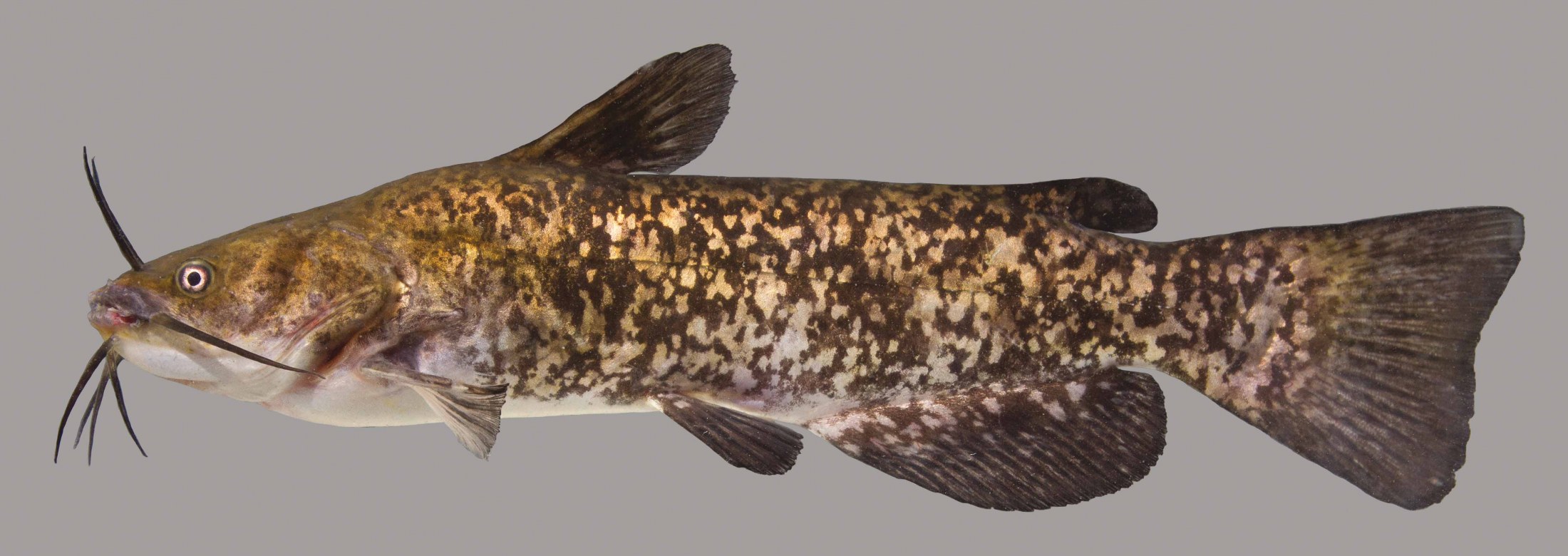Moderator note: I've updated this post on 2020-10-17 to fix broken links (at https://www.floridamuseum.ufl.edu/) to the catfishes mentioned. That said, the new photos displayed cannot be the same as the original pics in the OP, since the fish in these photos were collected after the post was made.
Hello all,
I would like to address the issue of Spotted Bullheads (
) and the Cat-E-Log.
Bottom line up front: all but one picture on the Spotted Bullhead article are actually representative of Brown Bullheads.
Spotted Bullheads seem to be a type of catfish that is in the process of becoming part of the mass cultural awareness of the aquarium hobby. As they become well known, they are increasingly misidentified. The problem that we run into is that the sympatric populations of Brown Bullhead (
) from Florida have extremely similar coloration. They are also dark on the back, have a light belly and are heavily spotted. Due to this extreme similarity in appearance combined with the fact that most people are not aware of the presence of the Florida morph of Brown Bullhead, most people who acquire the MUCH more common Florida morph Brown Bullhead make the understandable mistake that they have a Spotted Bullhead.
Range. The first issue is the range. The Florida Morph Brown Bullhead is found all throughout the SE United States. They are a very widespread fish. The Spotted Bullhead on the other hand is only found in the Suwannee River and St. Andrew's Bay drainages. While not a definitive identifying factor, it is logical to surmise that a more widely spread fish would be more commonly collected. See the pictus/perruno issue for a prime example. Even in the wild, the Spotted Bullhead is quite uncommon (
Reference 1).
The differences are not immediately obvious, but if you know what you're looking for, easy to see.
Fins. On a Florida morph Brown Bullhead, the dorsal fin will LACK a conspicuous black spot at the base of the dorsal fin (
reference 2). The fins of a Spotted Bullheads will have a black margin with a black spot at the base of their dorsal fin (Reference 1). On Brown Bullheads, the entire fin will be black or very dark colored (reference 2).
Spots. Some populations of Brown Bullhead can have spots on their body, such as the Florida morph (reference 2), but ONLY Spotted Bullheads have ROUND spots (reference 1). The spots on a Brown Bullhead will be jagged and look like glitter or flakes of metal. The spots on a Brown Bullhead are actually an illusion however: on a Spotted Bullhead, the fish is dark with light markings (reference 1). On a Florida morph Brown Bullhead, the fish is actually light colored with dark markings that have a similar effect on the overall appearance of the fish.
Fin Spines. While this isn't a very obvious way to identify a fish through the glass, it is absolutely irrefutable if you're willing to look this close. The Spotted Bullhead will have 15-20 sawlike teeth on the rear edge of its pectoral fin. The Brown Bullhead has 5-8 large, sawlike teeth on the rear edge of the pectoral spine.
Spotted Bullhead (reference 1)-


Note the conspicuous black spot on the dorsal fin and the spots on the dark body.
Brown Bullhead (reference 2)-


Note that the mottling on this fish is, while faded with age and preservation, extremely similar to the pattern that we see on most of the fish that are incorrectly being reported as "Spotted Bullheads".
I hope this post is useful in clearing up issues with these two extremely similar species. The Florida morph Brown Bullhead is a unique and unusual fish in its own right. These fish are actually so strikingly colored that they used to be considered a separate subspecies of Brown Bullhead:
Ameiurus nebulosus marmoratus. The use of that name seems to have fallen out of favor in the late 80s or early 90s; I cannot find the paper in which it was found to be invalid. I suspect it was based on genetics rather than strictly morphology. Still, for the sake of the hobby, I feel that the
A. n. marmoratus is a useful epithet for this variety.
Respectfully,
Rob





